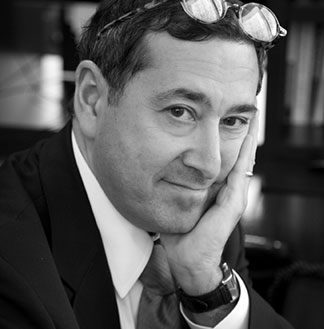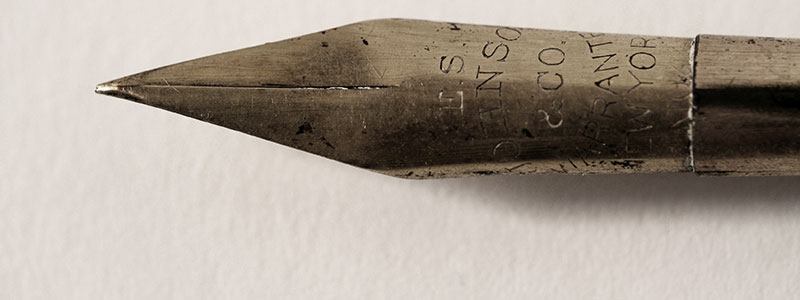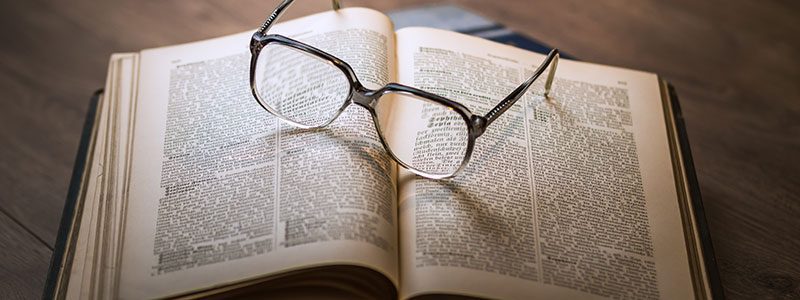“Be The Ball, Danny…”
—Caddyshack
Years ago I read an article about how professional golfers use visualization to enhance their performance. Why not trial lawyers?
In my book, One Hundred Days Before Trial: A Family Lawyers Guide to Preparation and Strategy, I explain how visualization can help trial lawyers plan their trial. In the book, I provide a visualization exercise that I often use. Sit quietly with pen and paper and think through your trial beginning to end. Watch it unfold in your mind's eye—from first sitting down at counsel table through your positive ruling at the end of the case. Visualize as much sensual detail as possible: What’s everybody wearing? How does the courtroom look and sound? Feel your stomach churning; see the judge peering down at you from the bench. Making it more real will enhance the experience.
Try Your Case in Your Mind First
Let your subconscious go to work for you. Imagine giving your opening statement and let your theme and initial grabber bubble up. See yourself describing the important evidence in the context of your theory and theme. Observe your opponent doing the same thing.
Visualize witness examinations. In your mind’s eye, watch your client take the stand and see the "conversation" unfold. Watch your client’s demeanor as he or she is cross-examined as well. Imagine the actual cross-examination to help you prepare ways to preemptively neutralize it.
Think about the exhibits. Choosing and using exhibits is the heavy lifting of trial work. Don’t be like a squirrel gathering every nut on the ground to store for the winter. Visualize the specific exhibits that will have an impact and help you tell your story.
See your opponent presenting his or her case. What’s their theory? You can usually anticipate your opponent's arguments from revelations made throughout the case in arguments and/or conferences with the court. Both consciously and unconsciously, their arguments have been percolating in your mind for months. Now, visualize your counter arguments. Also see yourself cross-examining the opposing party and the opposing expert. Let your subconscious help you see the soft spots in the opponent’s case.
Conclude by imagining your closing argument, packaging the story for maximum impact. See yourself delivering the argument in a strong and confident manner. Hear your opponent giving their argument as well. Visualize your rebuttal.
Finally, not unlike pro golfers seeing the ball going into the cup, visualize a positive ruling granting you the relief you are seeking for your client. Feel the exhilaration of a satisfying result.
Write It Down
Immediately after visualizing the case from beginning to end, write down notes, observations, thoughts, to do's, outlines, and any other information that you mined from your subconscious. Use a mind map to help you “see” the case on paper. Use this visualization exercise to help you both plan your evidence as well as the structure of your arguments.
You can use visualization during motion practice as well. See yourself arguing your motion prior to the actual event to help build your confidence and enhance preparation.
As a great 20th century trial lawyer Lloyd Paul Stryker observed, “imagination for the trial lawyer is as essential as for the novelist, the artist or the poet." Use your imagination as the building blocks of preparation and performance in any task you encounter.
Now be the ball and make a hole in one!




